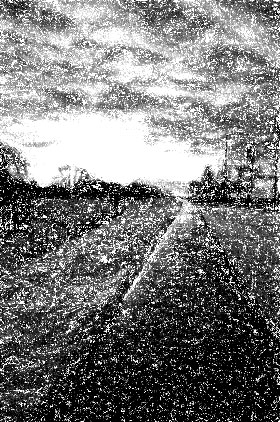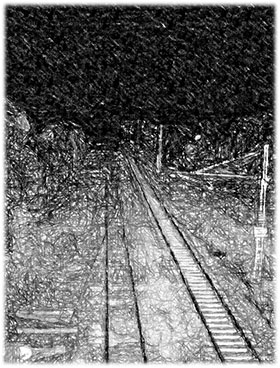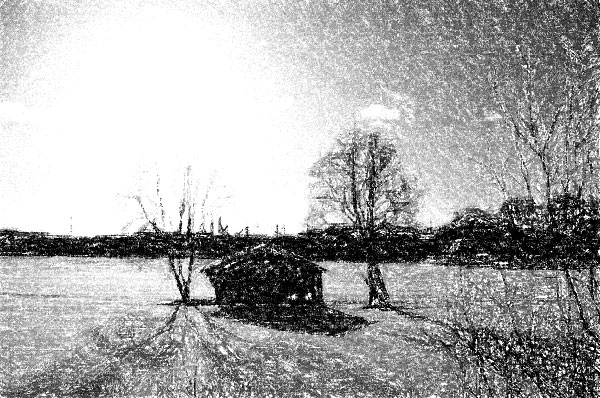Joonas Vola, researcher and member of the Northern Political Economy team is starting off the 2016 season of the NPE blog with a tale on new year´s day.
IIIIIIIIIIIIIIIIIIIIIIIIIIIIIIIIIIIIIIIIIIIIIIIIIIIIIIIIIIIIIIIIIIIIIIIIIIIIIIIIIIIIIIIIIIIIIIIIIIIIIIIIIIIIIIIIIIIIIIIIIIIIIIIIIIIIIIIIIIIIIIIIIIIIIIIIIIIIIIIIIIIIIIIIIIIIIIIIIIIIIIIIIIIIIIIIIIIIIIIIIIIIIIIIIIIIIIIIIIIII
The same procedure as last year, Miss Sophie? The same procedure as every year, James!
– Dinner for One
 Juhani Aho (11.9.1861 – 8.8.1921) in his debut novel ‘Rautatie’ (Railroad) established a narration style that is known as national miniature realism. The narration has a mundane and inward perspective in describing major historical and structural changes. In the novel, the style is harnessed to tell the development story of establishing railways in Finland through the eyes, ears and imagination of an elderly couple, Matti and Liisa, living in the Eastern Finland. This perspective is highlighting the differences between the commoners and the lords, bringing a hunch of societal irony to the description of the historical epoch. The actual encounter between the commoner and the modern technology is in a minor role, in the very end of the story, and ends up into an anticlimax. More importantly, the railroad appears and ‘pops up’ among the continuous daily routines, as an image and storytelling, brought up by different supporting characters, who all seem to hold some special knowledge on the issue, aiming to impress the ignorant commoners and encourage them to participate to the great story.
Juhani Aho (11.9.1861 – 8.8.1921) in his debut novel ‘Rautatie’ (Railroad) established a narration style that is known as national miniature realism. The narration has a mundane and inward perspective in describing major historical and structural changes. In the novel, the style is harnessed to tell the development story of establishing railways in Finland through the eyes, ears and imagination of an elderly couple, Matti and Liisa, living in the Eastern Finland. This perspective is highlighting the differences between the commoners and the lords, bringing a hunch of societal irony to the description of the historical epoch. The actual encounter between the commoner and the modern technology is in a minor role, in the very end of the story, and ends up into an anticlimax. More importantly, the railroad appears and ‘pops up’ among the continuous daily routines, as an image and storytelling, brought up by different supporting characters, who all seem to hold some special knowledge on the issue, aiming to impress the ignorant commoners and encourage them to participate to the great story.
The pre-history of railroad begins in 1500’s from the Middle-European mines on the mountains and from their wooden rail structures reinforced with iron, build to ease moving the wagons. Towards the end of the 1700’s due to the declining price of iron, a factory in England started to use iron structures instead of wooden ones. Human and animal labor was replaced by immovable steam engine, which later became mobile locomotive in the very beginning of the 1800’s. The railroad network extended outside the Western-World in the time of the colonialism. Historian Walter Rodney has argued that the British Empire did not built railways to India and Africa for common good of the regions, but for mobilizing raw-materials from resourceful regions to the harbors, and to guarantee easy access to military power together with administrative control (Rudanko 2/2009).
Another narration style relying on ‘pop ups’, repeated appearances and disappearance is known in the world of comedy as slapstick. Slapstick is a club-like object consisting of two pieces producing a loud smacking noise without requiring or transferring a lot force from the striker/the one being struck. In other words it is an impressive illusion. Slapstick in a wider context as slapstick humor includes several elements from chases to over-exaggerated physical performances and demeaning consequences of violence, seen in several black and white film classics and cartoons. As an example, the appearance and disappearance, as audio-visual techniques of comedy (Popa 2011, 150), happens in a scene where somebody falls down and jumps back up, is crushed into pieces and then re-assembled back together in a single moment. In a classic play/film “Dinner for One” or “Der 90. Geburtstag” these elements are used in the following way. The elderly ‘couple’, butler-James and Miss Sophie are celebrating her 90th birthday, where Miss Sophie remains seated most of the time, and the butler walks repeatedly around the table serving food and drinks for Miss, while enjoying the drinks of the four deceased and therefore absent gentlemen quests. To maintain the illusion, by Miss Sophie’s request, the butler plays the role and repeats the lines of these four invisible stakeholders. Trouble and creativity goes hand in hand with the served refreshments and the different ways to get pass, around or over the tiger hide’s head. Repetition happens in the level of choreography, dialogue and in the “real time” since the films is broadcasted annually around the New Year’s Eve, while in the virtual live of film Miss Sophie has not passed the age of 90 years during the last 50 years or so.

The term ‘innovation’ stands for a new idea, device, application or process to function as a catalyst for more efficient production of goods and services. In economics and management, innovation combines various novel ideas for societal impact. Joseph Schumpeter defined innovation already during the early 1900’s as a new product, new way to commercialize old product, opening new markets for products, accessing a new source of raw-material or semi-manufactured product, or establishing or deconstructing a market-position. In a report published in 2012 and produced by the assignment of the Northern-Lapland’s municipal coalition for regional cooperation, concerning the possibilities, needs and plans to build a railroad from the southern parts of Finland to the coast of the Arctic Ocean. The driving force for the project stated in the report are the enormous natural resources of Northern Lapland and the Barents area, which utilization will fully start in forthcoming years, requiring a development of better, cost-efficient and ecologically sustainable transport connection between EU, Finland, Norway and North-West Russia. This plan clearly both includes and requires elements from the concept of innovation, on the one hand it has a need for combination of novel ideas in the execution, while on the other it mobilizes resources and establishes new market possibilities. And it has been so since the 1918 – 1944 Petsamo railroad plans, and since then many winters and summers have passed, many birthdays have been celebrated, and many glasses have been raised and emptied.
Mutta Matti katkaisi aina kaikki puheet, kun huomasi, että häntä narrattiin ... ei hän ollut enää pehtoria kuulevinaankaan, puri huulensa yhteen ja työnsi valmiin appeen hamuilevan tammansa eteen.
Pehtorin mielestä ei enää maksanut vaivaa ruveta selittelemään; hän heitti avainnipun olalleen ja lähti vihellellen pirttiin päin.
— Luuli saavansa narratuksi — petyit, mies parka.
– Juhani Aho, Rautatie
Innovative New Year!

Popa, Diana Elena (2011). Chapter 6. Political satire dies last: A study on democracy, opinion formation, and political satire. In Tsakona, Villy and Diana Elena (Eds.) Studies in Political Humour: In between political critique and public entertainment. pp 137 – 167. Amsterdam: John Benjamins Publishing Co.
Rudanko, Juha (2/2009). Valkoisen miehen taakka: Riistikö Britannian siirtomaaimperiumi nykyisiä kehitysmaita - vai oliko se hyväntahtoinen ja liberaali maailmanvalta? Maailman Kuvalehti. maailmankuvalehti.fi
Schumpeter, Joseph (1939). Business Cycles. A Theoretical, Historical, and Statistical Analysis of the Capitalist Process. Volume I. McGraw-Hill Book Company, Inc.
Text & Pictures: Joonas Vola